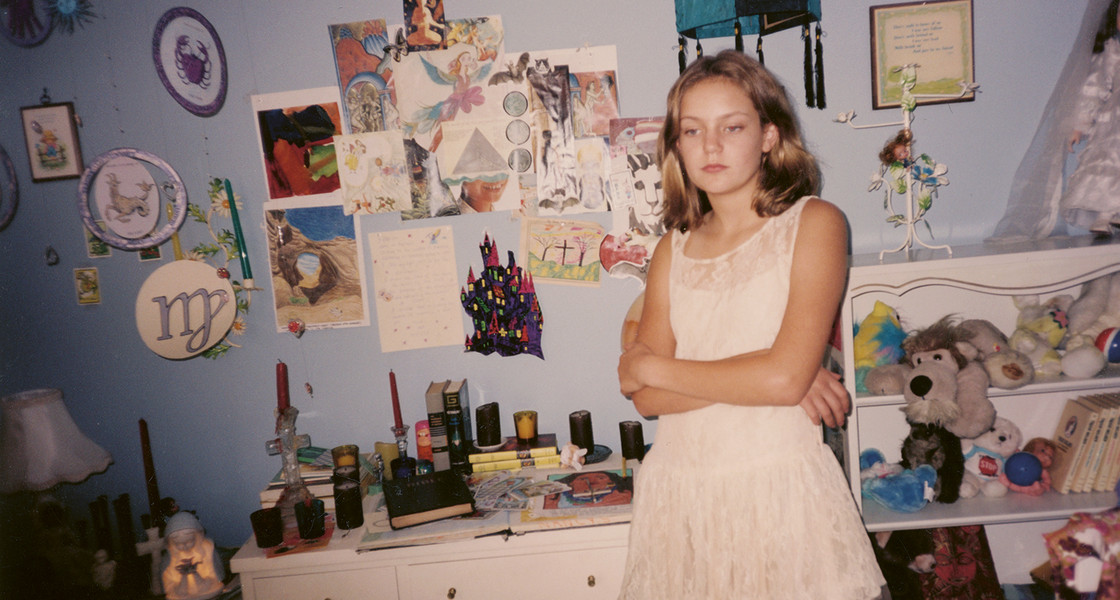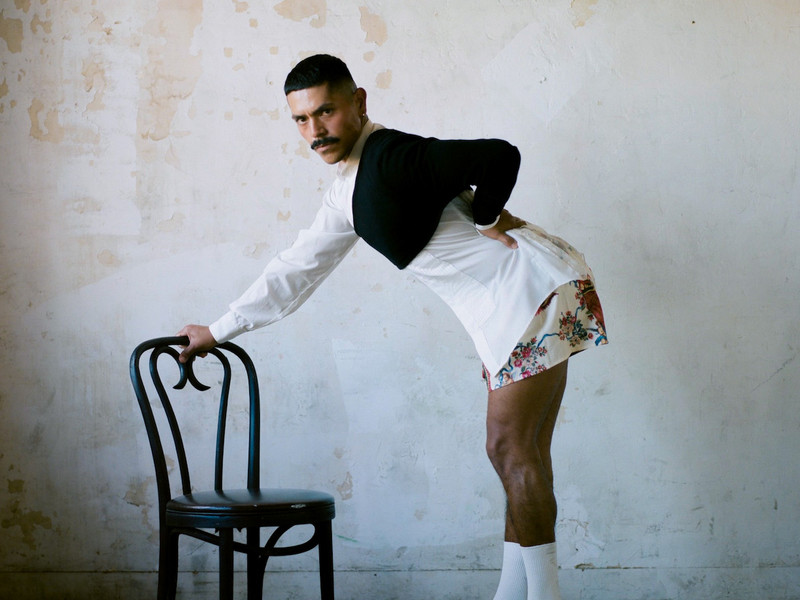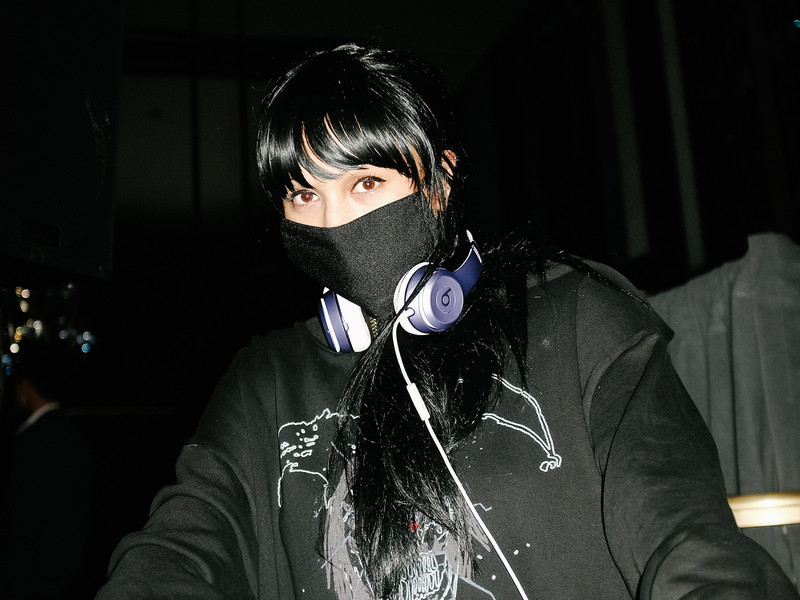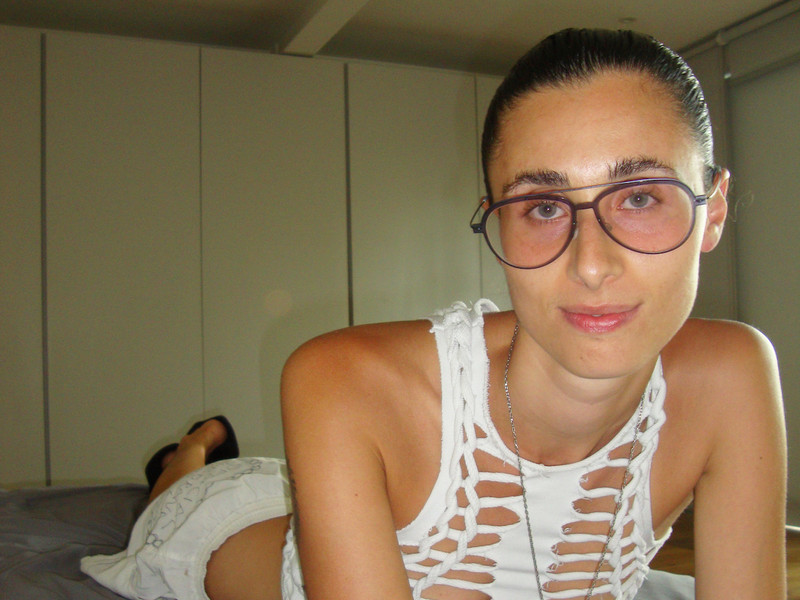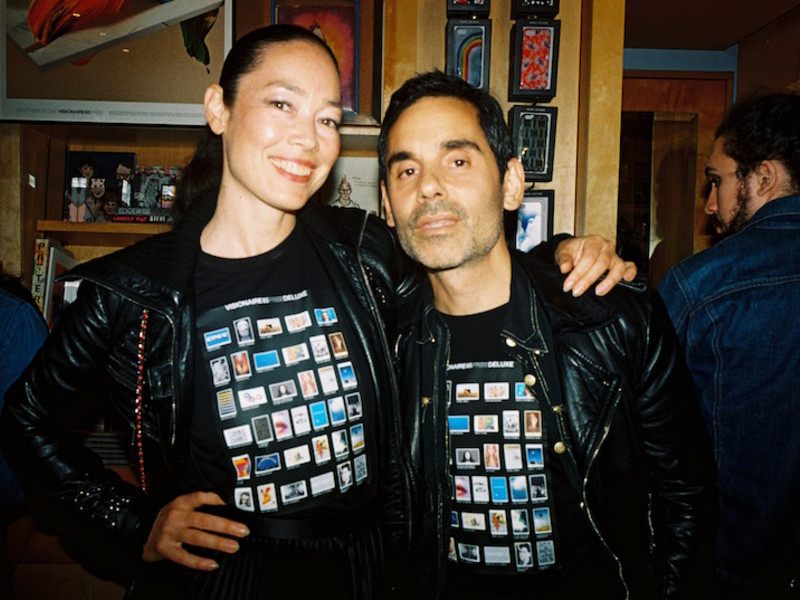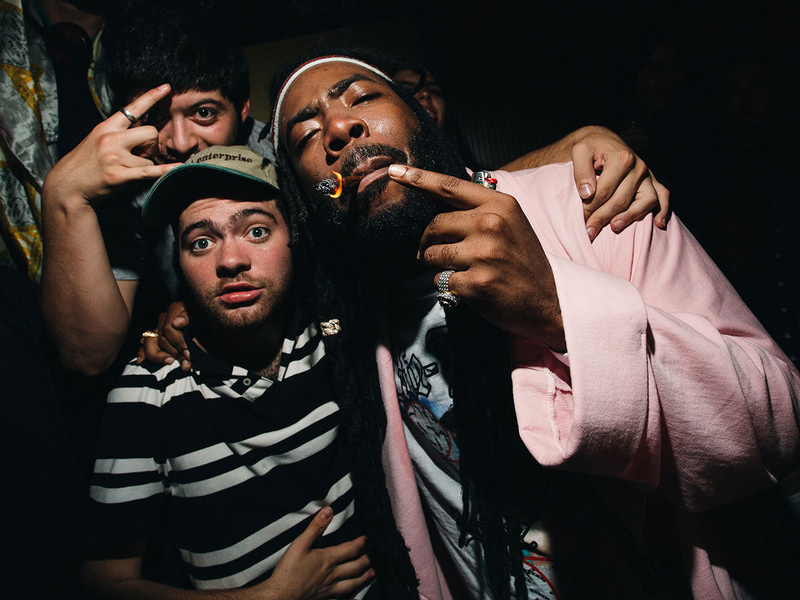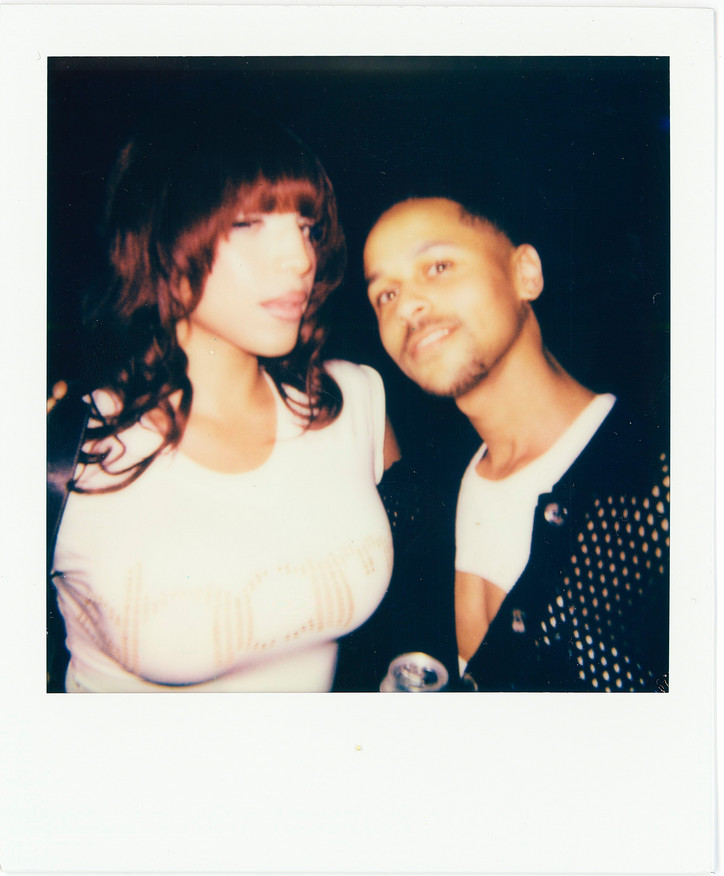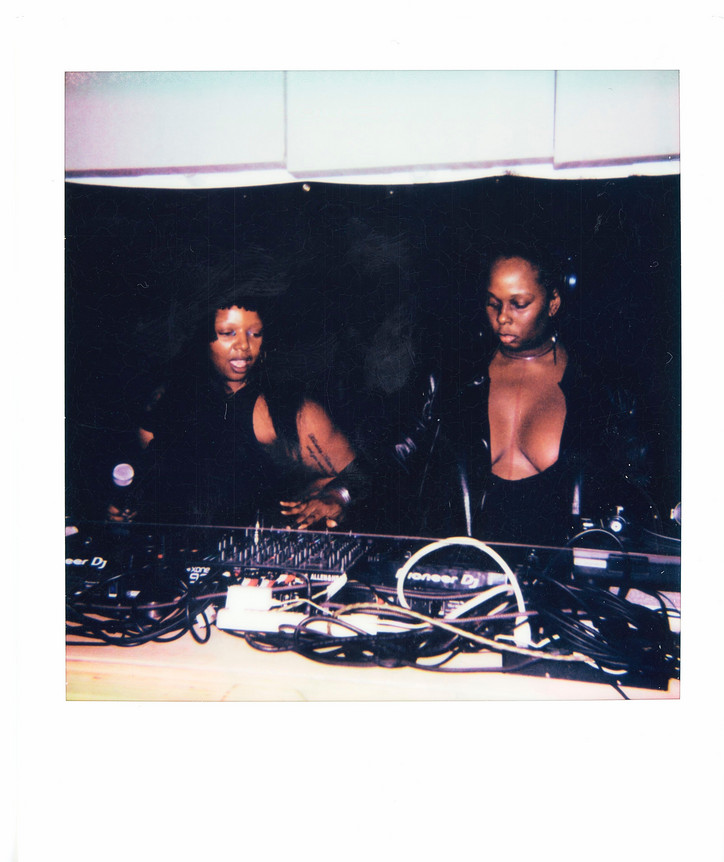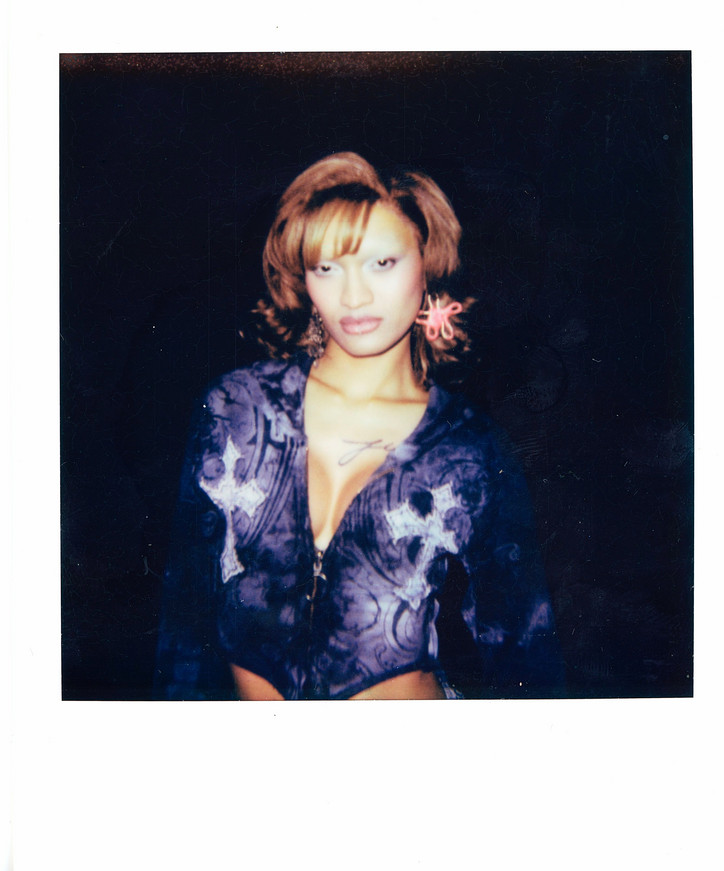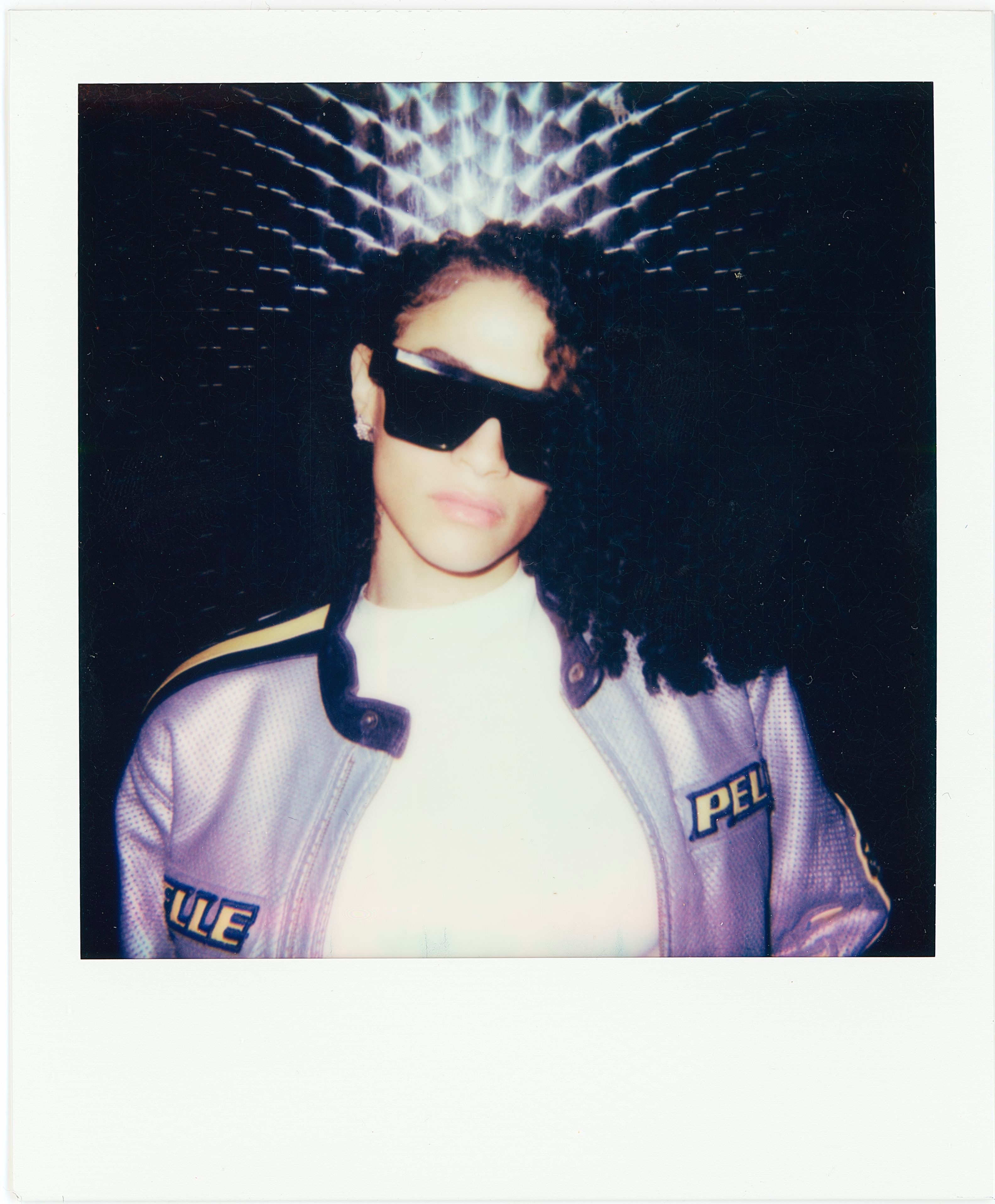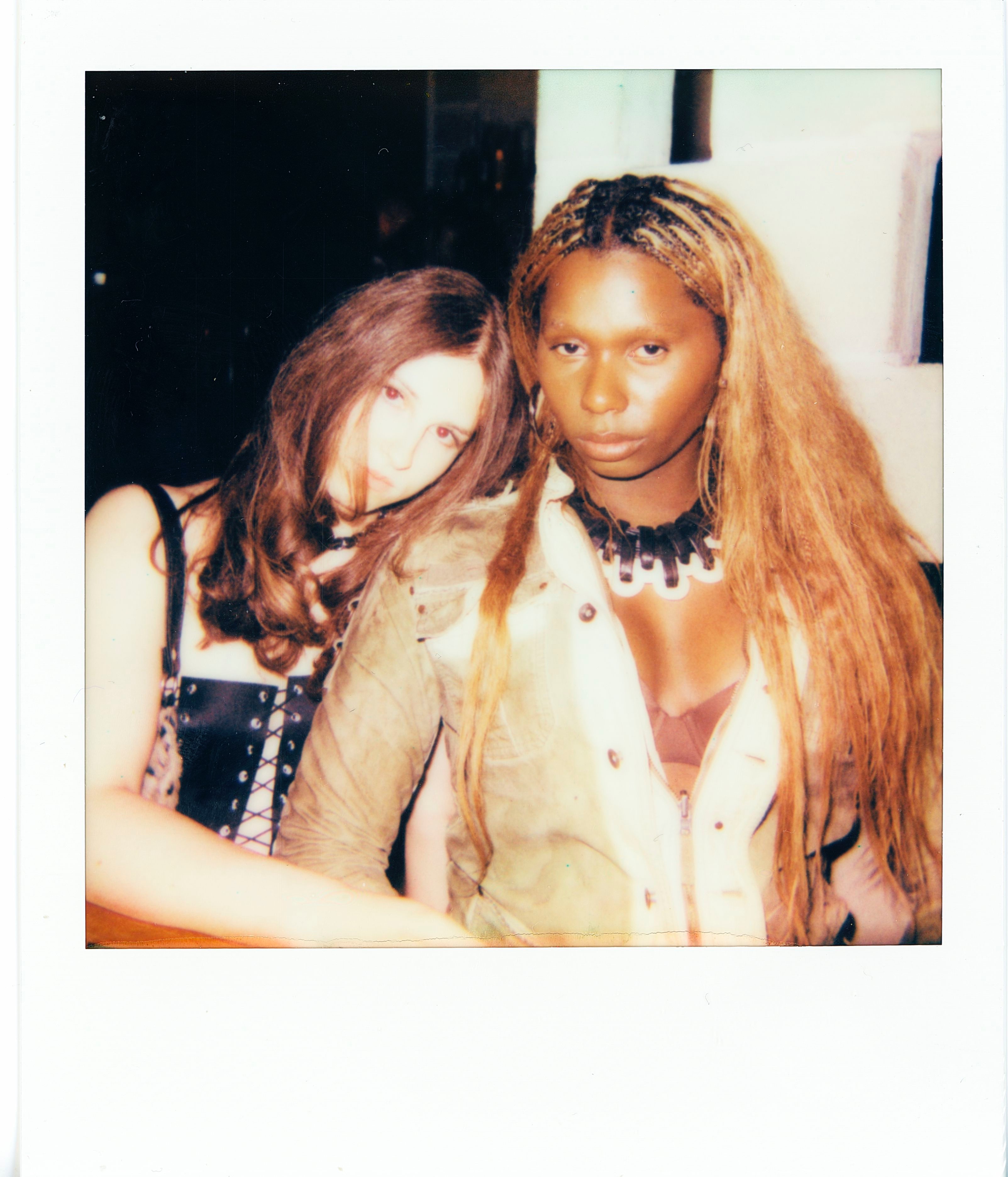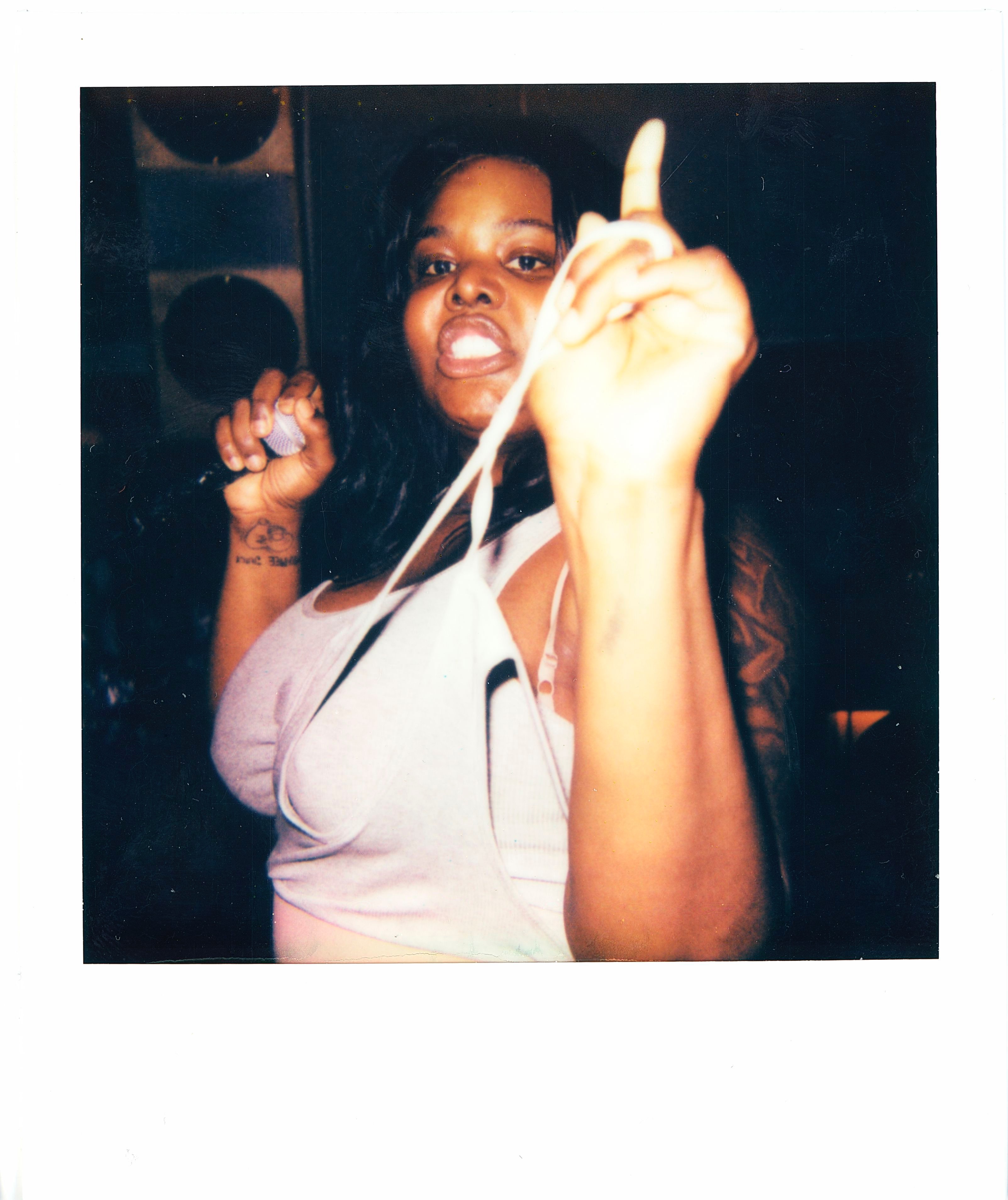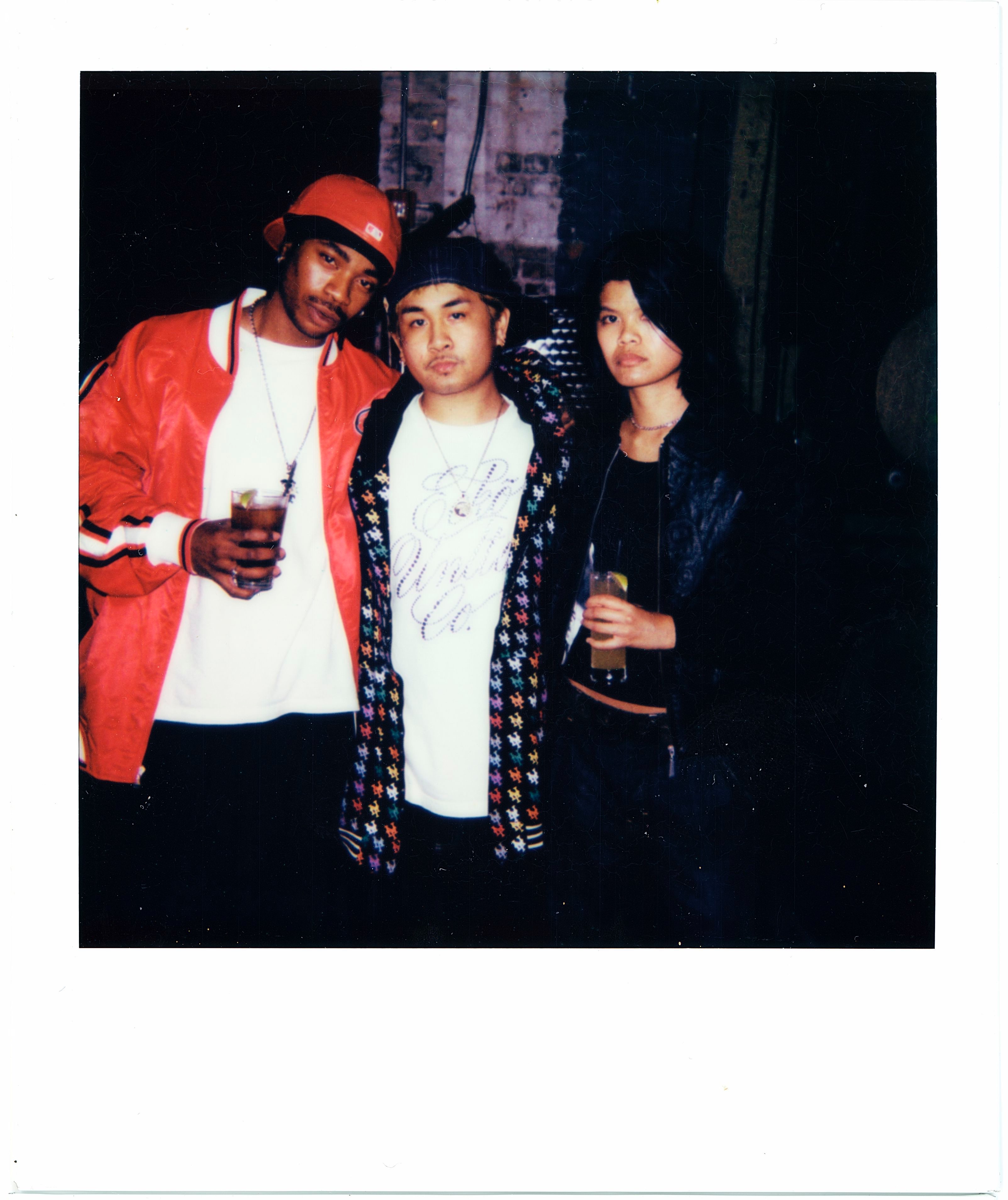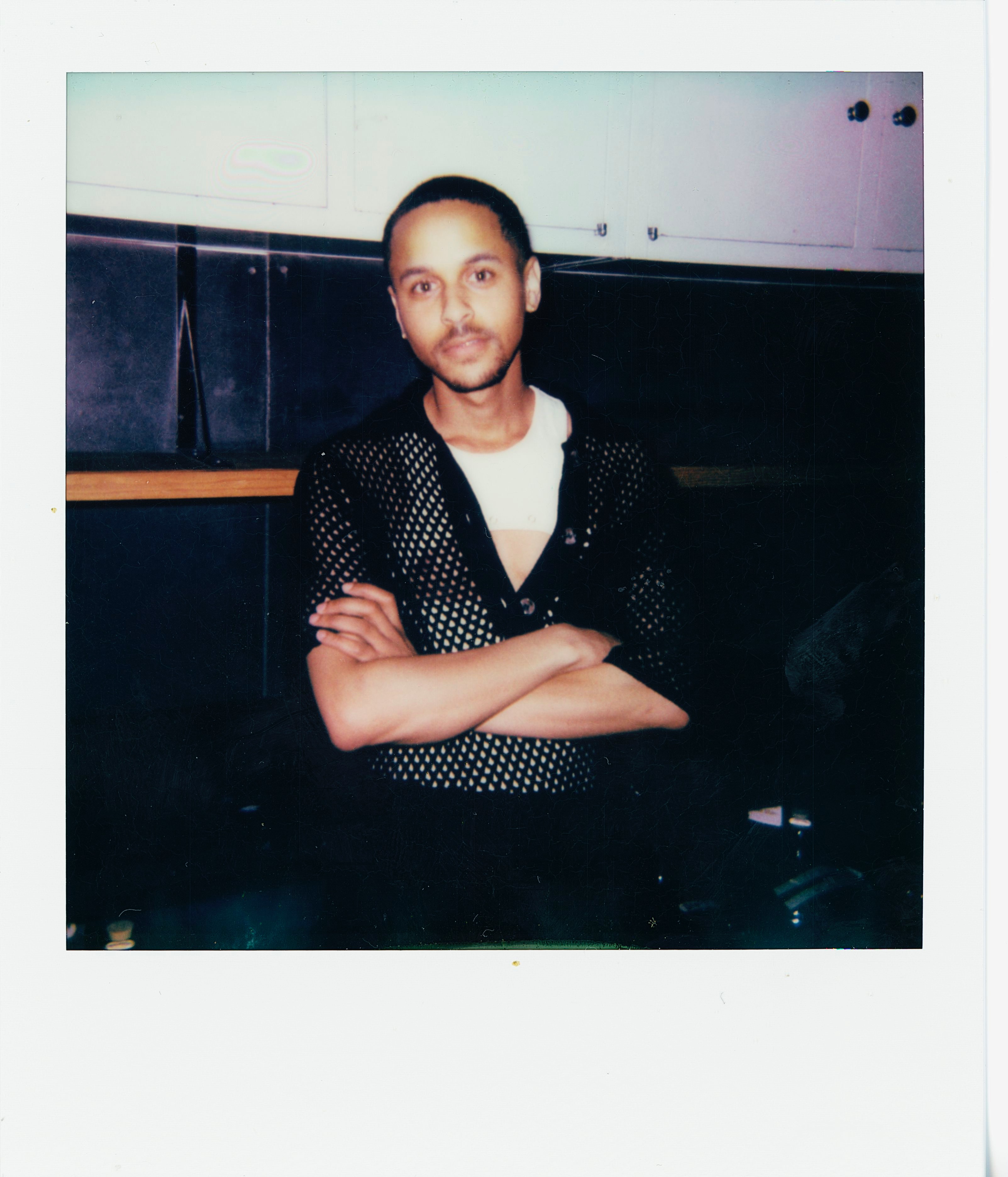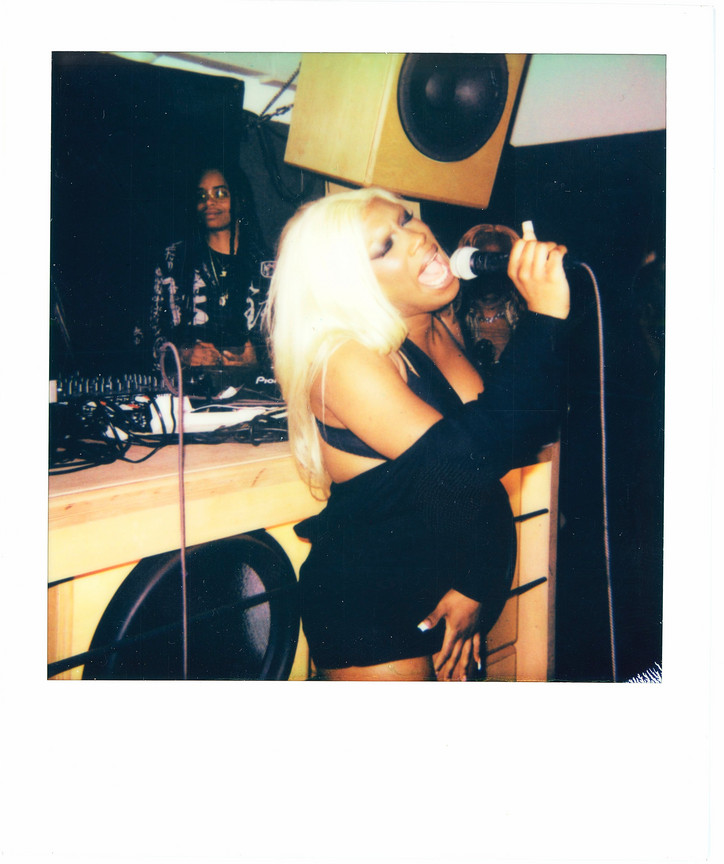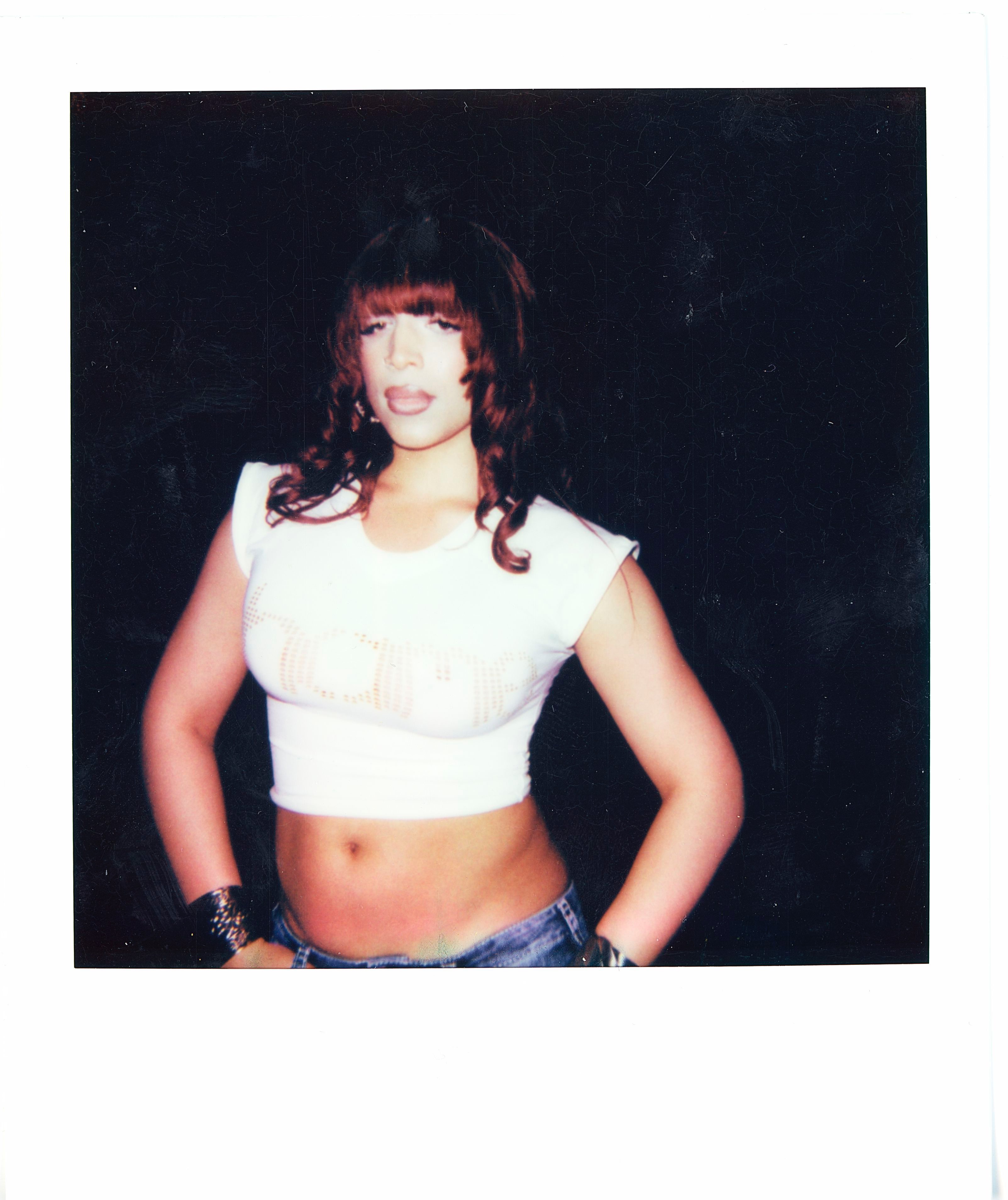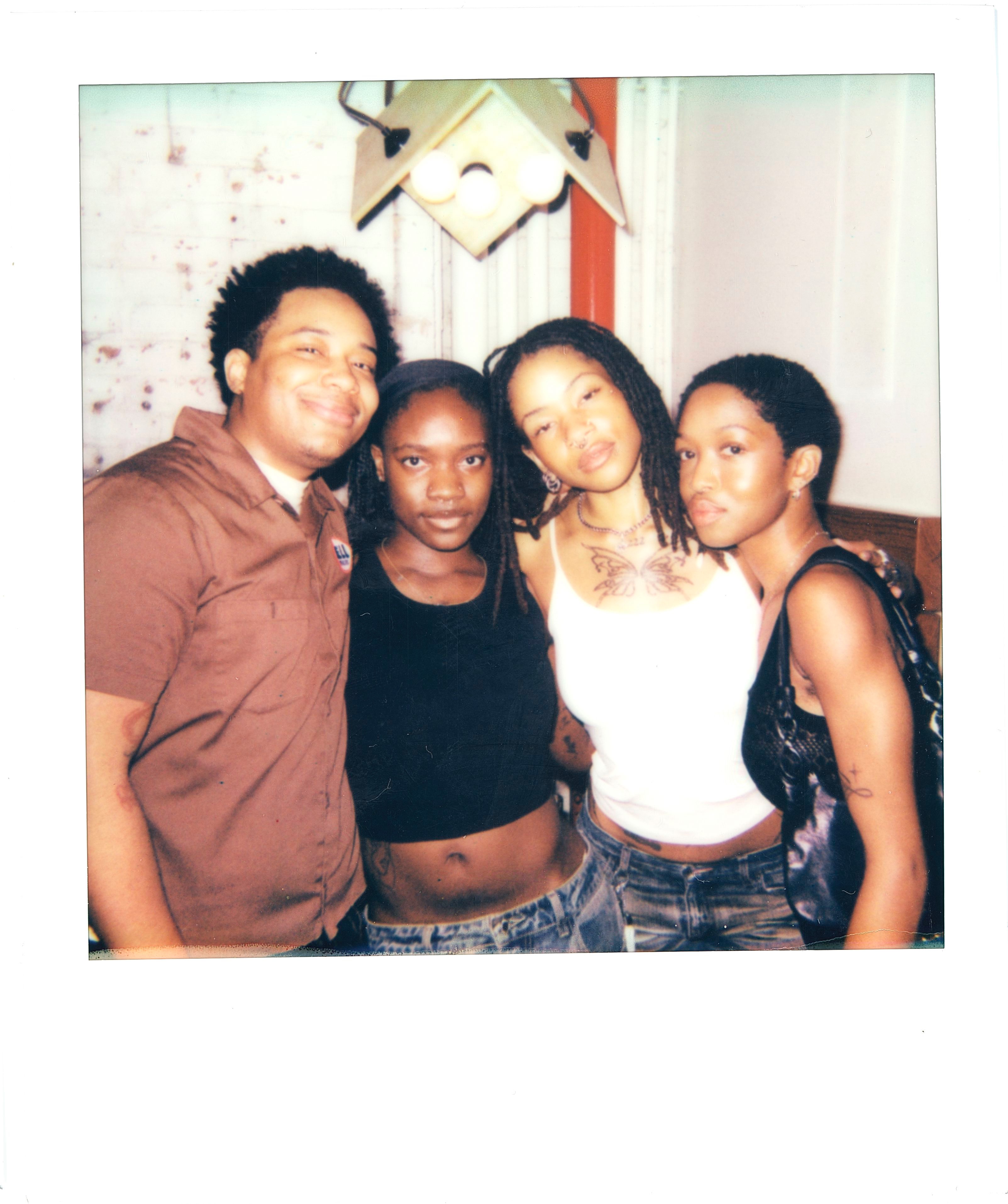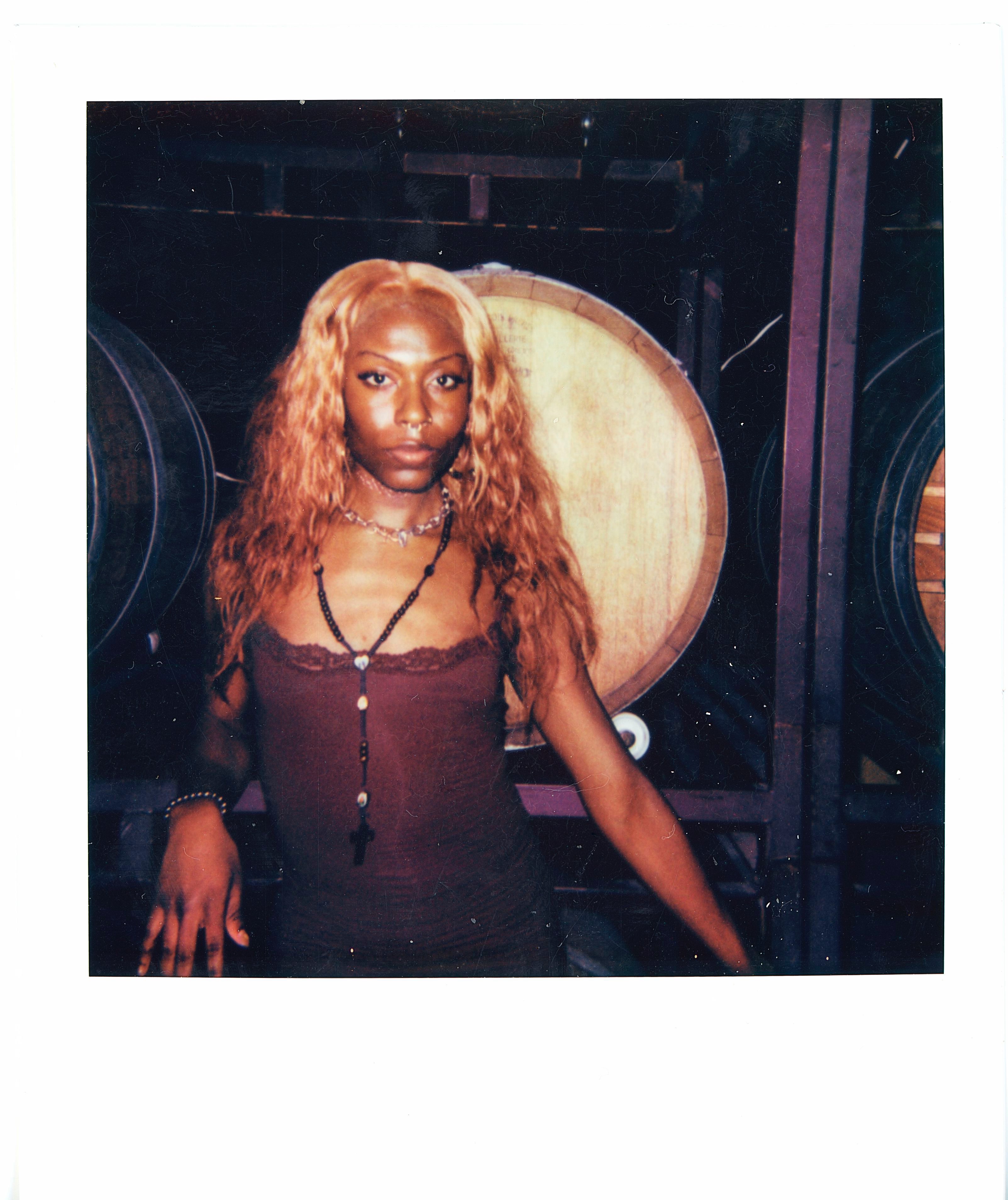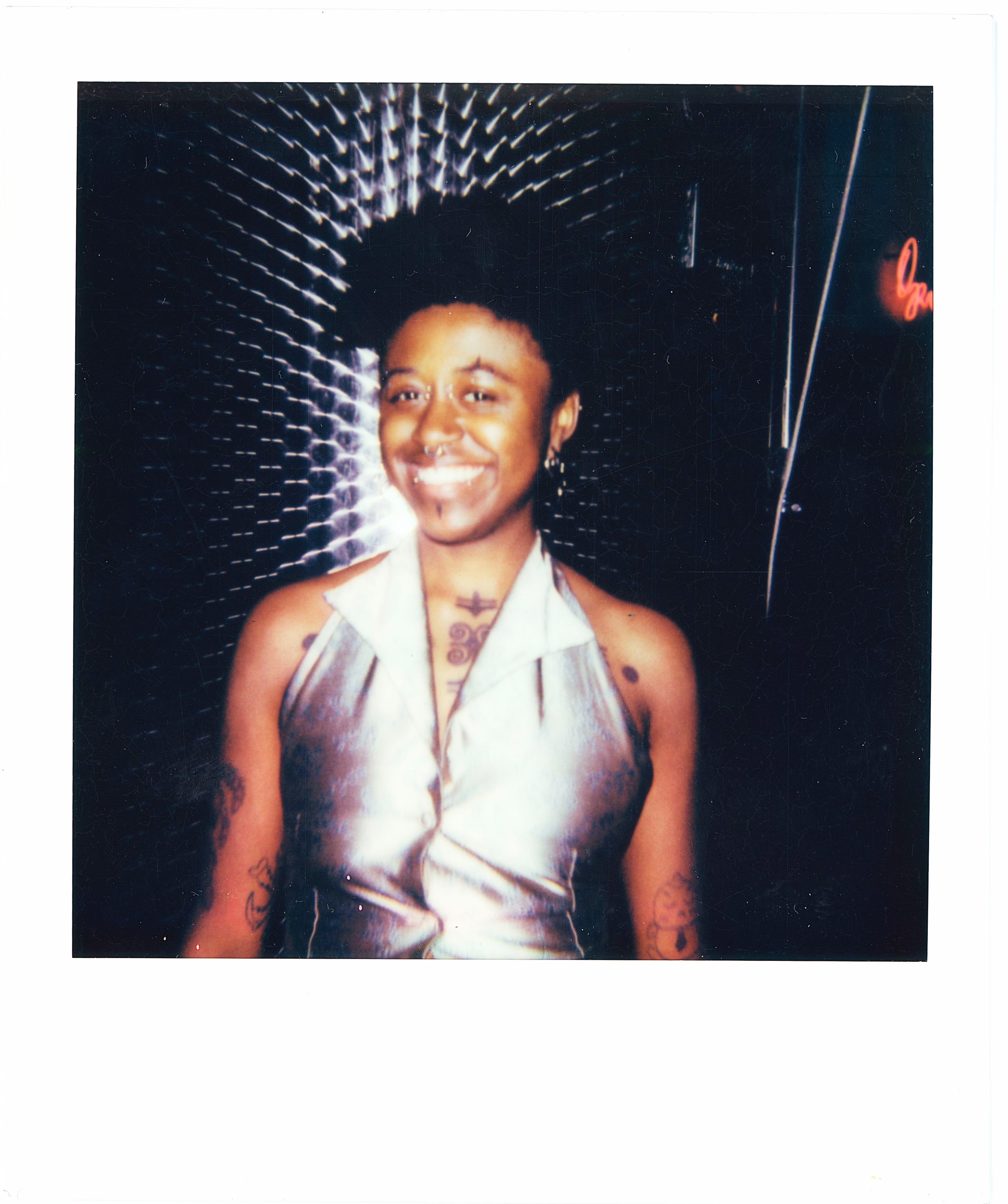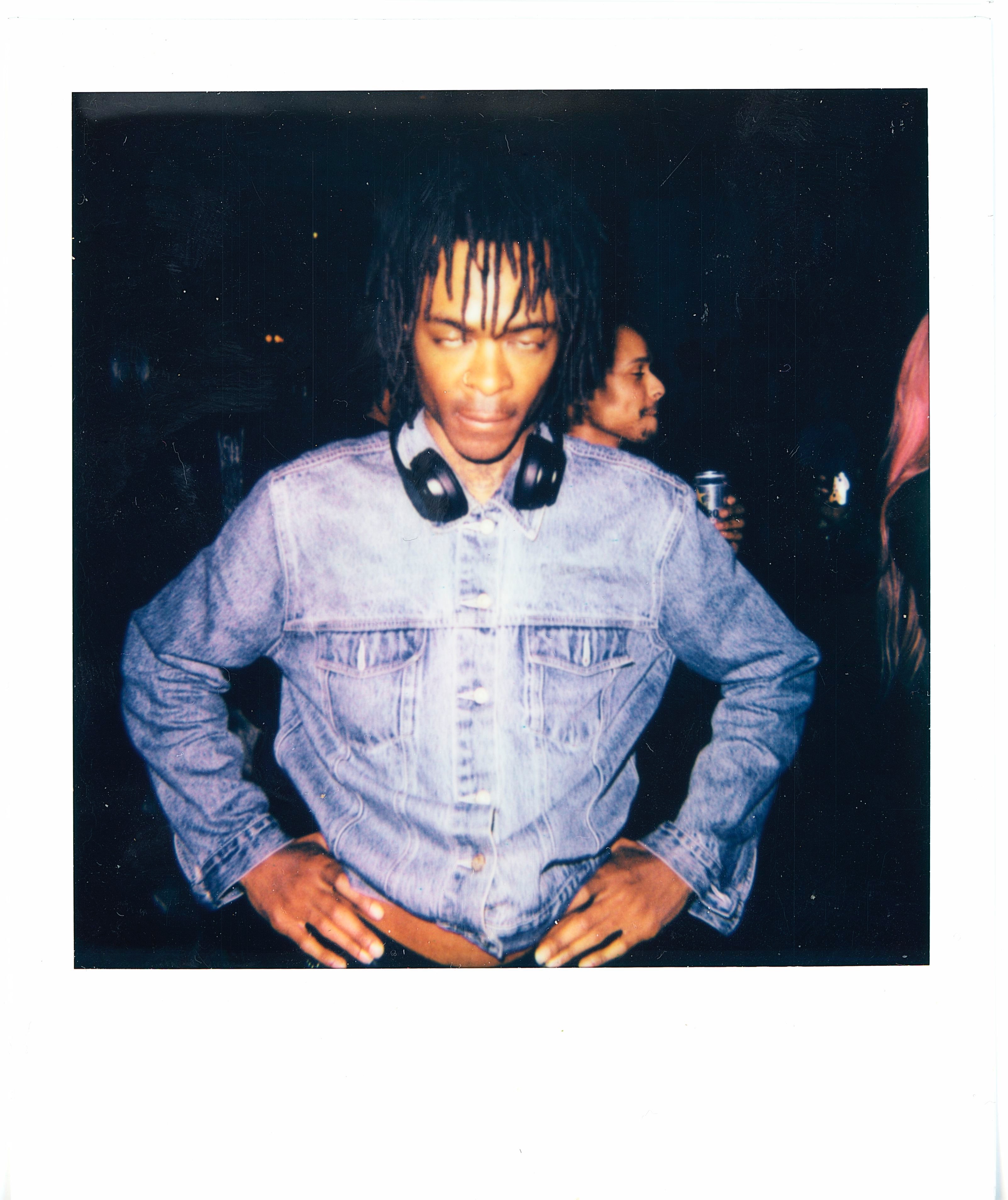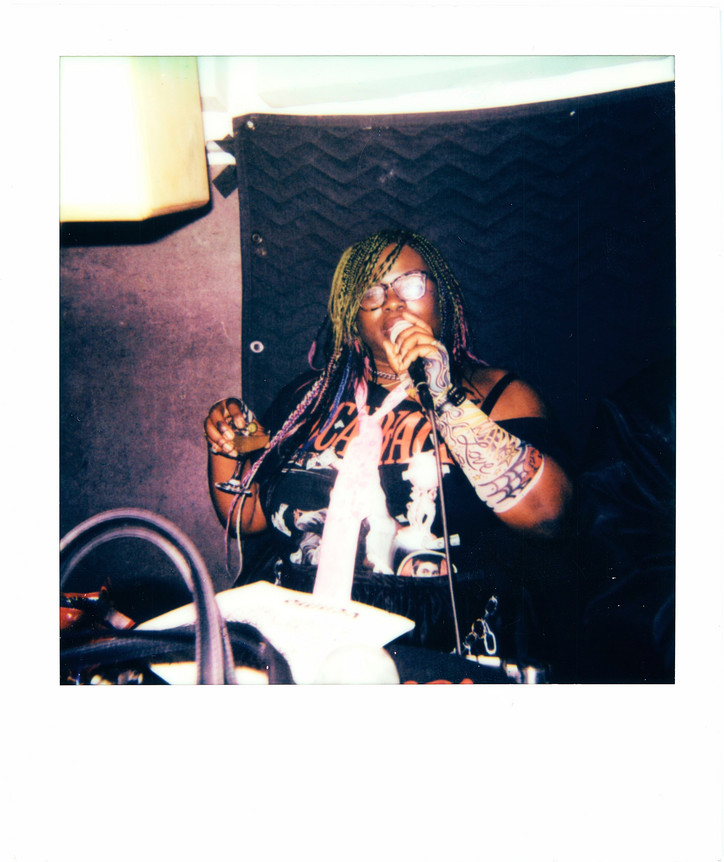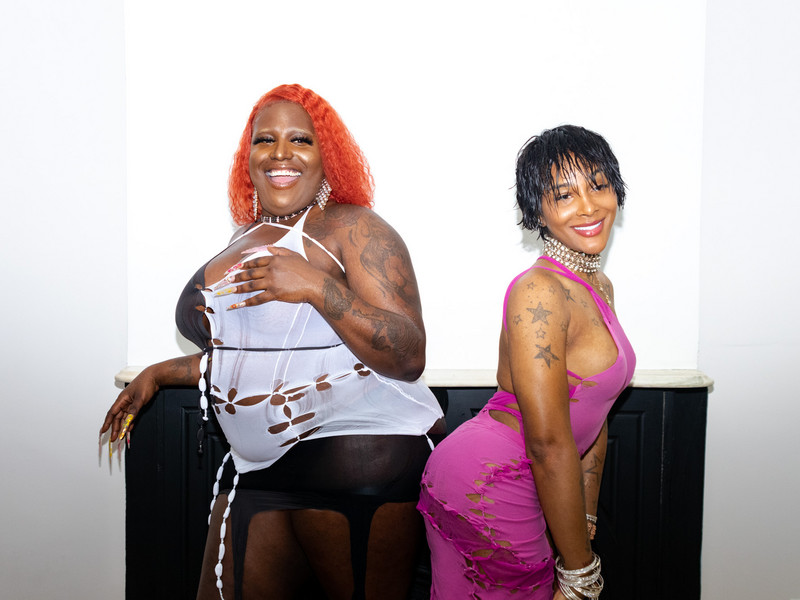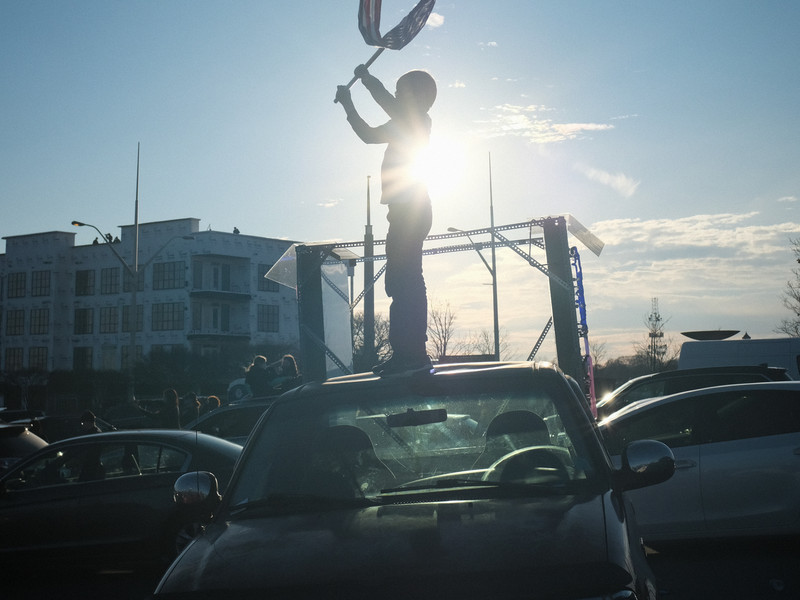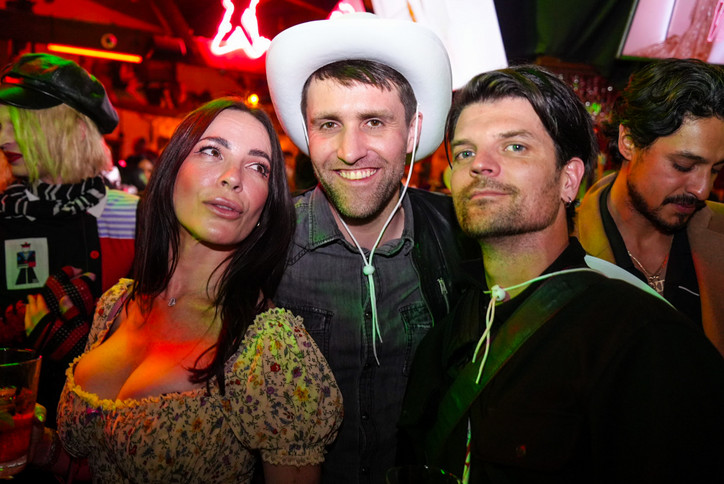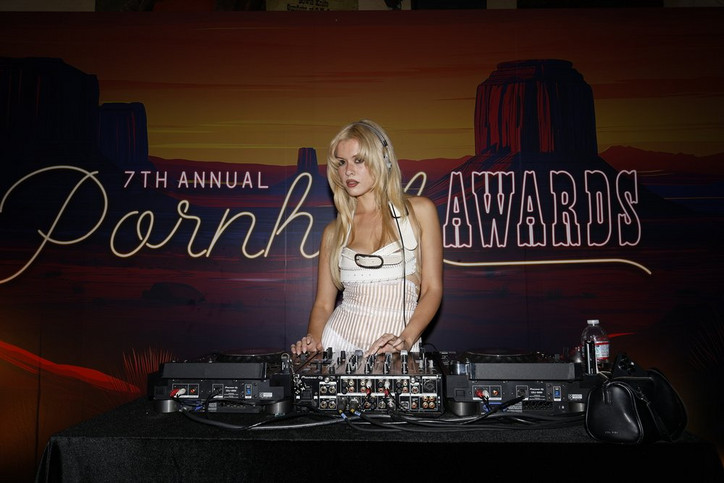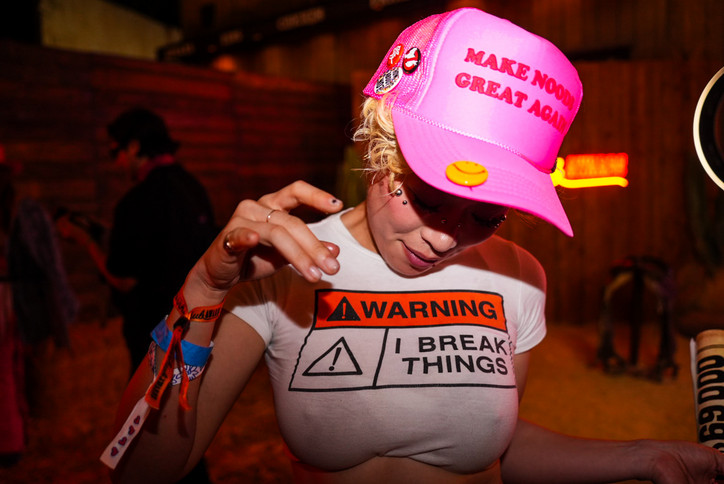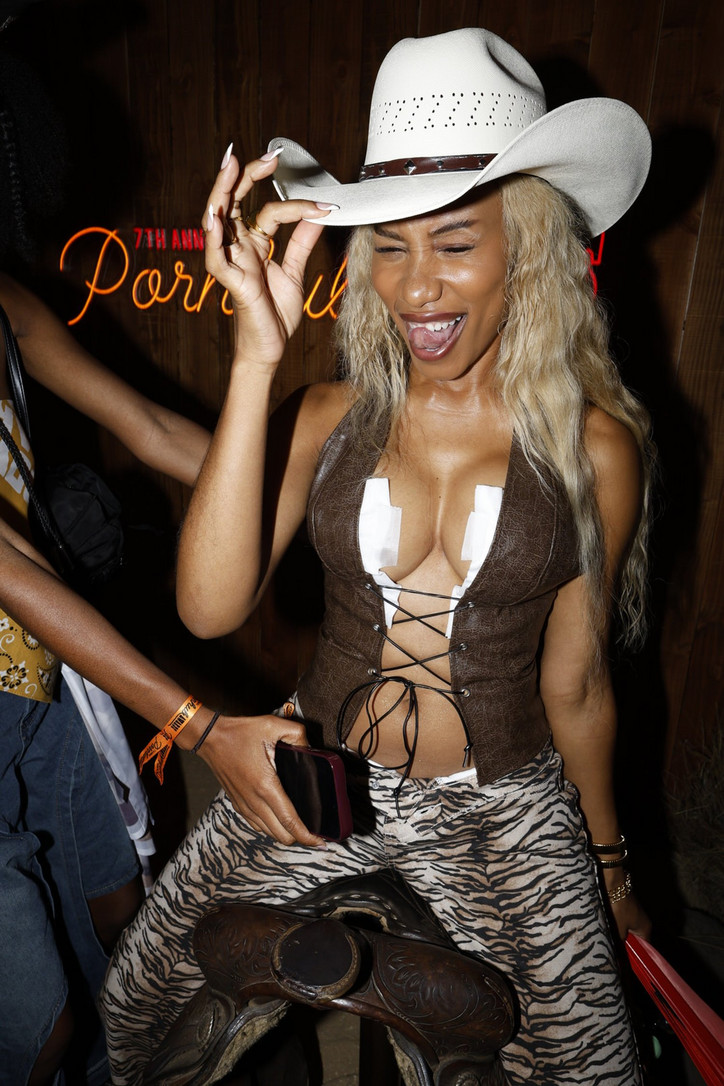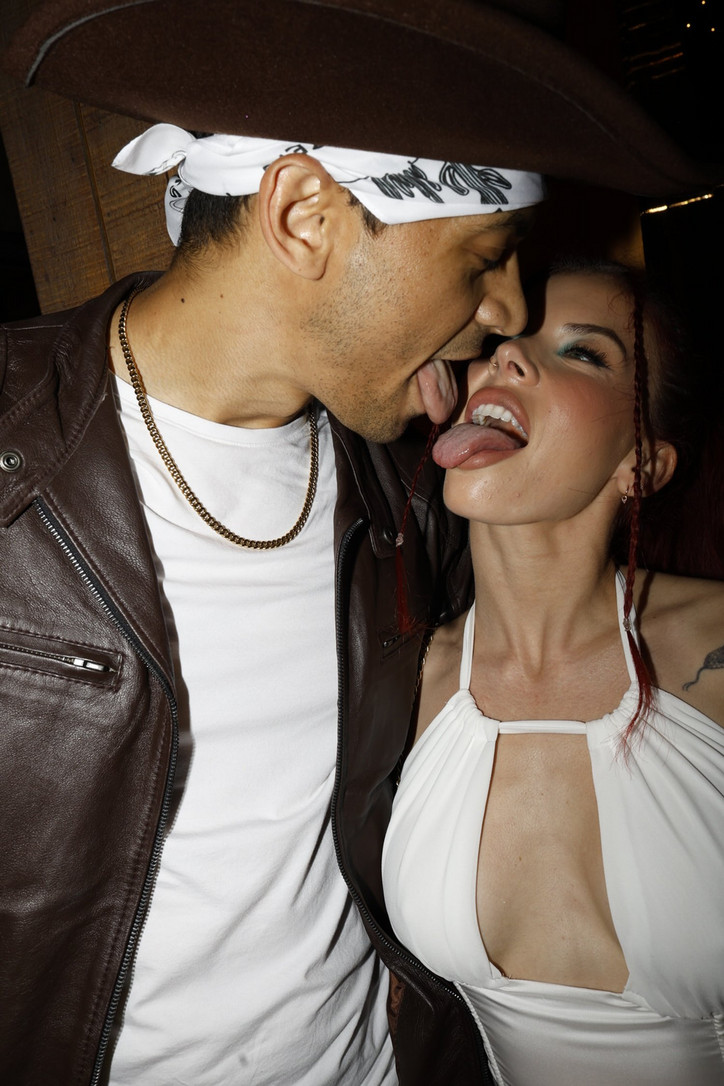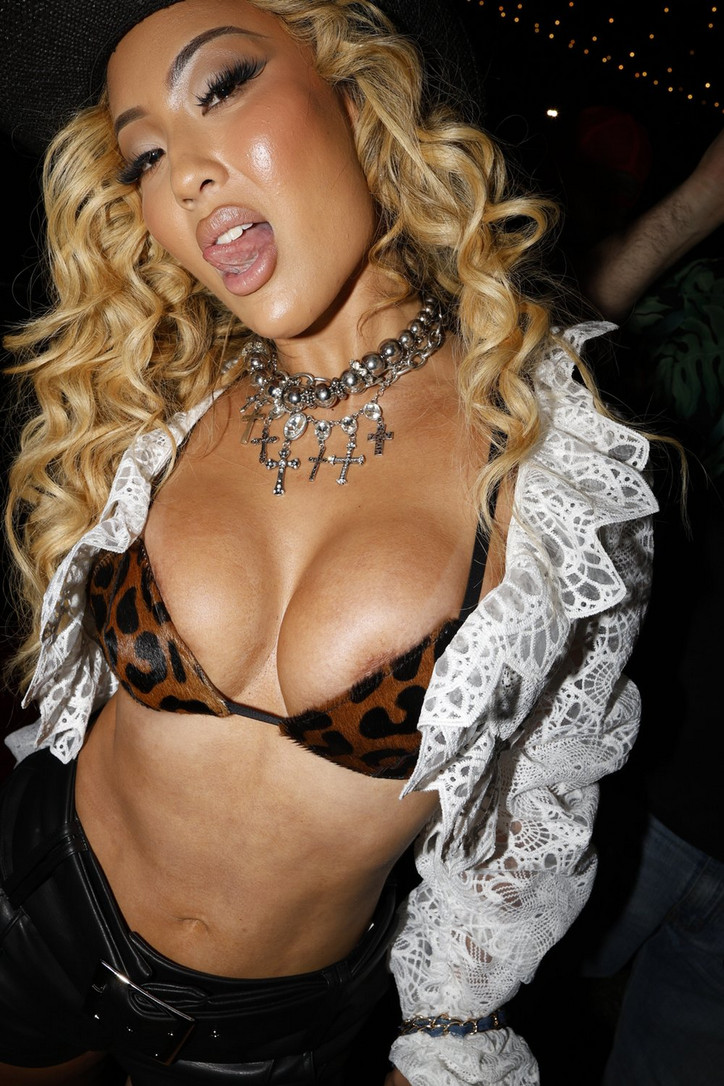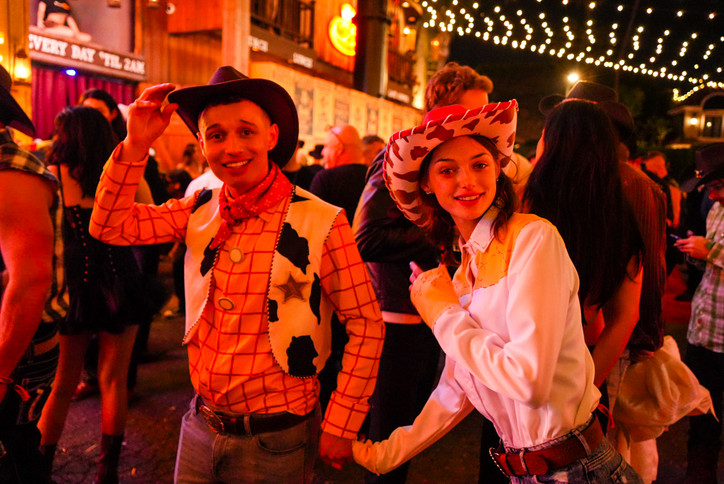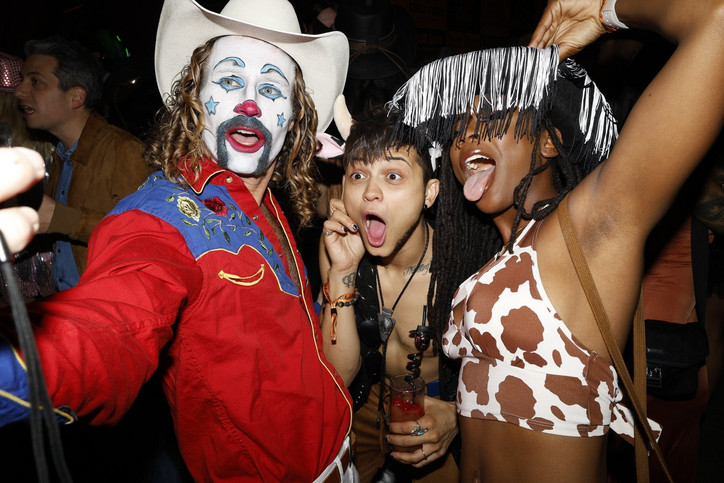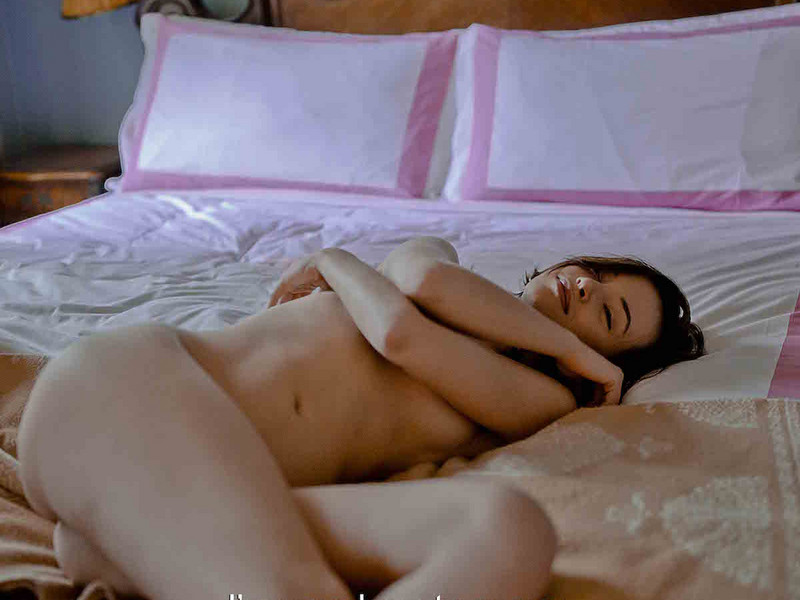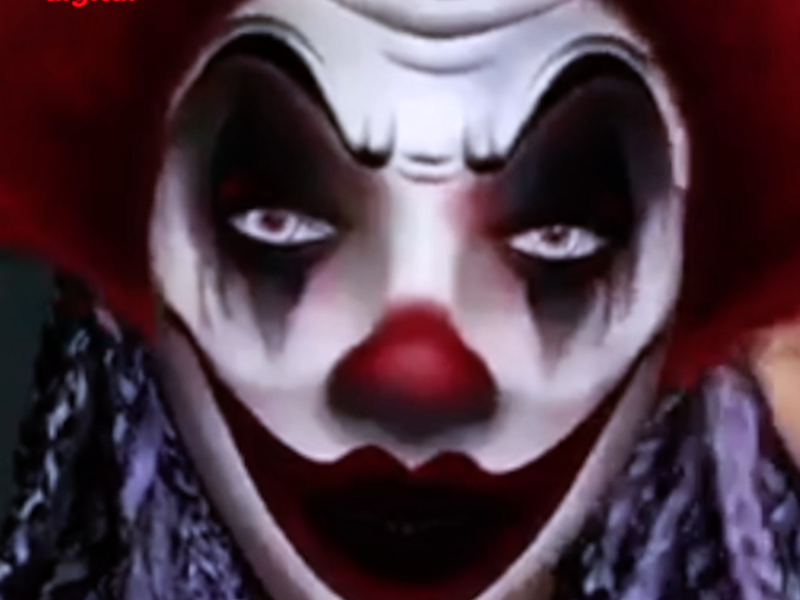One Girl to Rule Them All
As a girlie who loves the vibes, this is all a very exciting proposition. At the same time, as we go deeper into the digital girlie wormhole the more meaningless it all becomes. These are, at a certain point, meaningless jumbles of words and images that different creators assure me are for the girlies and by the girlies, seemingly united only by the vague idea of the girls.
Sofia Coppola’s name is inescapable in these corners of the internet. It has become shorthand for the kind of lo-fi, hyper-femme aesthetic that was niche, and perhaps even unpopular, when The Virgin Suicides was first released in 2000. Now, Copppla’s golden conception of the American suburbs can be seen in everything from Instagram mood boards, to Lana Del Rey videos, to couture runways.
Indeed, it's possible to draw threads from almost any of her films to present-day trends in both fashion and film (The Bling Ring preempted 2000s nostalgia, Bridgerton might never have existed without a more deft counterpart in Marie Antoinette, the list goes on), so it’s unsurprising that her newly released art book has been so highly anticipated. Titled Sofia Coppola: Archive, the 488-page volume devotes a section to each of Coppola's films, including her upcoming Priscilla Presley biopic.
Coppola pens a short essay about each project, before presenting mood boards, annotated scripts, behind-the-scenes photographs (some taken by Corrine Day, some by her mother, and others by Sofia herself), emails, and letters (including one particularly prickly message from Jeffrey Eugenides about the script for The Virgin Suicides, for he later apologizes).


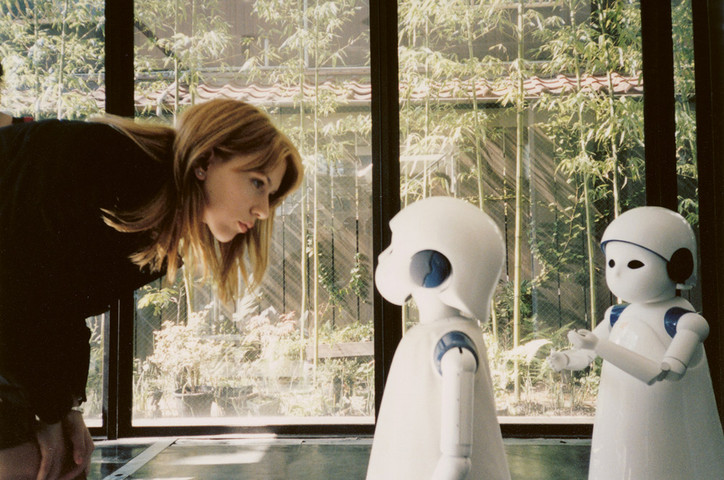


The book also includes a conversation between Coppola and Lynn Hirschberg, in which they discuss Coppola's career and influence. The result is a book that offers much more than mere nostalgia and fuel for future mood boards. In her conversation with Hirschberg, Coppola lays out what amounts to a thesis statement: "Across all my films, there is a common quality: there is always a world and there is always a girl trying to navigate it. That’s the story that will always intrigue me."
The book amounts to something similar; it is a visual bildungsroman, which transcends the world salad of “girlie culture” online.

The publication is a scrapbooked portrait of an artist constantly creating new visual languages, and gathering new perspectives. It reminds it's readers of the true strength of Coppola’s work which is to take seriously the lives of girls by, yes, making them beautiful but also by thinking about them rigorously.
One of the most revealing artifacts in the book is a letter Coppola wrote in 2001 to Lady Antonia Fraser. Fraser had written a biography of Marie Antoinette that was, in Coppola’s mind, the best and most empathetic portrait of the young queen. She wanted to secure the rights to the book and use it as the basis for her upcoming film. “I know I will be able to express how a girl experiences the grandeur of a palace, the clothes, parties, rivals, and ultimately having to grow up,” she wrote. “I can identify with her role of coming from a strong family and fighting for her own identity.”
The idea of fighting for one’s identity is a bold and surprising statement coming from someone so closely linked to softness and silence, but it is of course this tension between a fraught internal life and a pastel-hued exterior that makes girlhood so compelling in the first place.
The book is then, a portrait of an artist fighting both to see, and to be seen.
